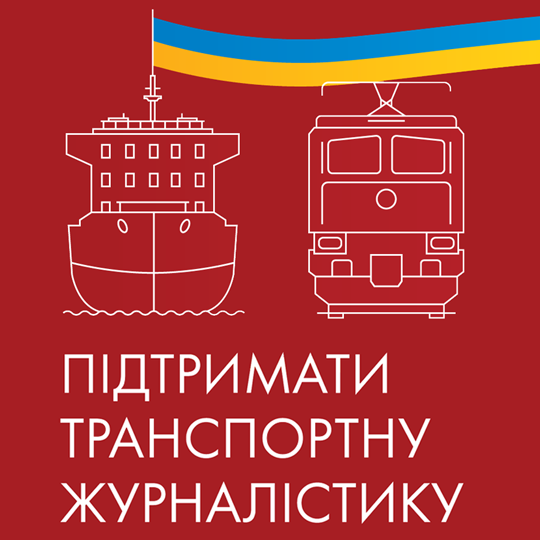The Ukrainian Railways public joint-stock company (Ukrzaliznytsia) has explained why thousands of railcars have accumulated on approaches to key railway stations near the western border of Ukraine. According to Ukrzaliznytsia, the main reasons are track works and a shortage of locomotives.
Ukrzaliznytsia confirmed to the CFTS portal that the most difficult situation was on the Lviv Railway, where there is a shortage of operational mainline locomotives. In general, the working fleet of the Lviv Railway and the Southwestern Railway reduced to 30% of the required size in September due to the failure of tenders for supply of spare parts but increased to 70% in November.
Track repair works have been actively performed in recent months by both Ukrzaliznytsia and Slovakian railway workers. The latter are allocating up to three working days a week for track repair works, during which railway lines are closed to traffic from 08:00 to 16:00. This will continue until November 27, inclusive. Consequently, Ukrzaliznytsia cannot deliver more than 10 pairs of freight trains per day, which is 60% of the declared capacity.
Ukrainian railway workers performed track repair works on the Lavochne-Beskid section of the of the Lviv-Uzhhorod railway stretch from November 18 to 20. Normally, this railway segment can handle up to 20 pairs of freight trains per day, but traffic from Lviv to the western border of Ukraine was redirected through Sianki during the repair work. This route passes through a mountainous terrain, and it is characterized by a complex “track profile,” which requires the use of four mainline locomotives per freight train. This resulted in rail traffic congestion. In addition, Ukrzaliznytsia performed scheduled replacement of two railway bridges in the Khodoriv-Zhuravne section from November 14 to 18. Trains heading to Burshtyn were redirected through Stryi-Morshyn-Bolekhiv to Ivano-Frankivsk during this period.
According to Ukrzaliznytsia, normal train traffic has now been restored. Currently, up to 29 diesel locomotives and about 26 direct-current electric mainline locomotives operate daily on the Lviv Railway, compared with the minimum required 35 and 40, respectively.
Ukrzaliznytsia also noted that preference was given to Ukrzaliznytsia’s ore-laden railcars during the “technological windows” on the Lviv Railways and in Slovakia, which enabled them to cross the border in 24 hours compared with 48 hours for ore-laden railcars belonging to Russian entities.




